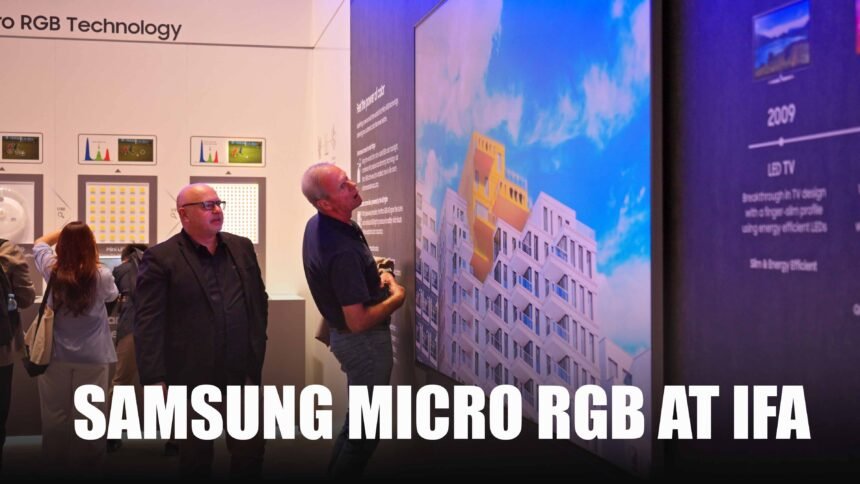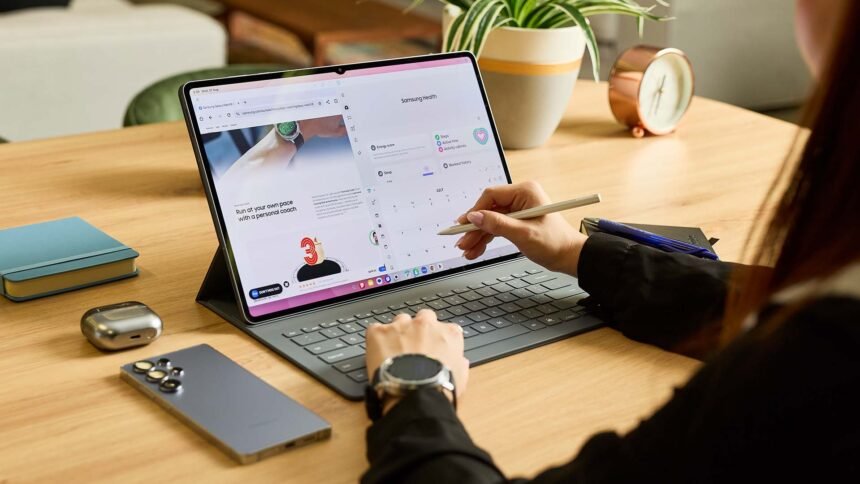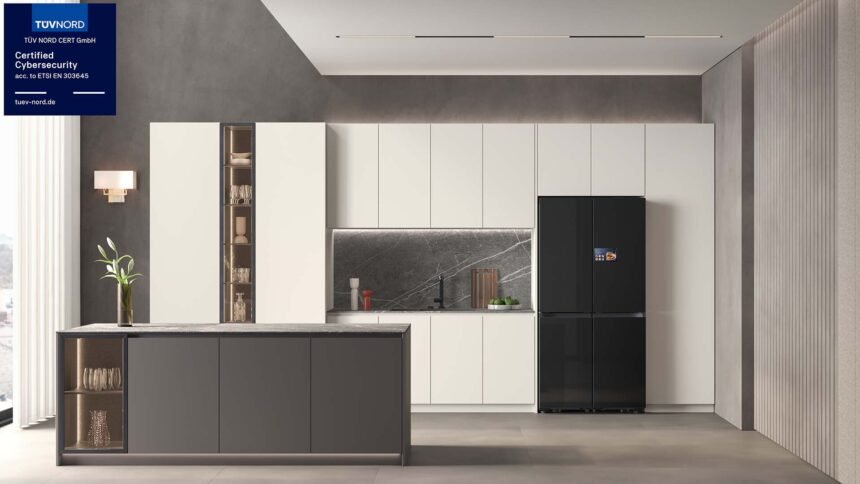Samsung Electronics has officially announced the Exynos 2200 is currently in mass production. So it appears it will be jammed into upcoming versions of the Galaxy S22.
The Exynos 2200 is Samsung’s long awaited mobile processor with AMD RDNA 2 architecture based Samsung Xclipse graphics processing unit (GPU).
“Built on the most advanced 4-nanometer (nm) EUV (extreme ultraviolet lithography) process, and combined with cutting-edge mobile, GPU and NPU technology, Samsung has crafted the Exynos 2200 to provide the finest experience for smartphone users. With the Xclipse, our new mobile GPU built with RDNA 2 graphics technology from the industry leader AMD, the Exynos 2200 will redefine mobile gaming experience, aided by enhanced graphics and AI performance,” said Yongin Park, President of System LSI Business at Samsung Electronics.
“As well as bringing the best mobile experience to the users, Samsung will continue its efforts to lead the journey in logic chip innovation.”
Samsung Exynos 2200 Specs
Encodes up to 4K at 120fps
This is what’s important. It decodes videos up to 4K at 240fps or 8K at 60fps and encodes up to 4K at 120fps or 8K at 30fps. The MFC integrates power efficient AV1 decoder enabling longer playback time. Features HDR10+ and refresh rates of up to 144Hz.
The Exynos 2200’s image signal processor (ISP) architecture has been redesigned to support the latest image sensors for ultra-high resolution of up to 200 megapixel (MP). At 30 frames-per-second (fps), the ISP supports up to 108 MP in single camera mode, and 64+36 MP in dual camera mode. It can also connect up to seven individual image sensors and drive four concurrently for advanced multi-camera setups. For video recording, the ISP supports up to 4K HDR (or 8K) resolution.
Ray Tracing
Samsung says with AMD RDNA 2 architecture as its backbone, the Xclipse brings advanced features such as hardware accelerated ray tracing (RT) and variable rate shading (VRS) that were previously only available on PCs, laptops and consoles.
Variable rate shading is a technique that optimises GPU workload by allowing developers to apply lower shading rate in areas where overall quality will not be affected. This gives GPU more room to work on areas that matter most to the gamers and improve frame-rate for smoother gameplay.
“AMD RDNA 2 graphics architecture extends power-efficient, advanced graphics solutions to PCs, laptops, consoles, automobiles and now to mobile phones. Samsung’s Xclipse GPU is the first result of multiple planned generations of AMD RDNA graphics in Exynos SoCs,” said David Wang, Senior Vice President of Radeon Technologies Group at AMD.
“We can’t wait for mobile phone customers to experience the great gaming experiences based on our technology collaboration.”





